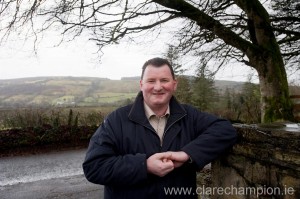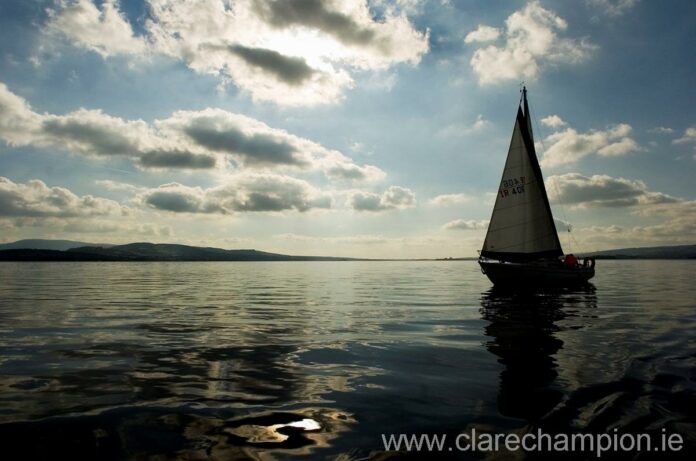Clare County Council’s opposition to the proposed Lough Derg water abstraction project may be drowned by the huge waves of support from vested interests in the east of the country, local councillors have claimed.
Councillors have warned that the lack of professional, technical and engineering support for their objections makes it harder to fight the huge volume of submissions supporting the planned abstraction of over 330 million litres of water daily from Lough Derg, to supply the greater Dublin region.
Local councillors expressed trenchant opposition to Irish Water’s plans to take water from the lake at a special briefing session for the Killaloe Municipal District.
Councillor Pat Hayes lamented the fact there is “no one to fight for our side” and noted the former North Tipperary Council still had not made a submission after entering into an agreement with the previous promoters of this project, Dublin City Council, to get financial assistance for an independent assessment of the plans.
Claiming that consultants commissioned by the new Tipperary County Council would effectively be paid by the State, he warned that Clare County Council are “small players” in relative terms on a national scale.
“We are trying to put up a buffer against a national movement for a strategic infrastructure project. I am very worried what will emerge as the preferred option for water abstraction in October or November,” he said.

Councillor Pat Hayes was strong in his opposition.
Councillor Tony O’Brien claimed no one could put a price on the potential ecological, environment and industrial damage the water abstraction could cause to the lake, if Irish Water proceedes with its plans.
He stated Irish Water could not guarantee water levels would be maintained at appropriate levels, particularly during periods of drought. He recalled that over three weeks ago, water levels dropped significantly on the lake, which caused “mayhem” for boats and marinas.
Irish Water project manager, Gerry Geoghegan, said if the utility does not come up with a project that meets strict environmental and other criteria, it would not get through the planning process. He stressed the utility would engage the best technical expertise to produce water modelling that would take into account all climatic changes that happened over the last 100 years and to ensure abstraction would not have any adverse impact on water levels.
He told councillors that water levels on Lough Derg are controlled by the ESB within an upper and lower limit of 18 inches and not Irish Water.
Councillor O’Brien interjected that the lower limits operated by the ESB are “too low”.
Irish Water managing director for major projects, John Barry, confirmed the national water utility had not received any application from Clare County Council to provide financial or other assistance to secure an independent technical assessment of its plans. If an application is received from the chief executive officer, Tom Coughlan, Mr Barry said it would be considered.
In a statement, the ESB said it lowered water levels in late May at a time when essential maintenance works were being undertaken on infrastructure on the Lower Shannon and high rainfall was forecast. It stated the level to which the lake was lowered was within the normal operating range. These maintenance works are now complete and the level in Lough Derg has subsequently risen.
The ESB carried out maintenance to the bearings and joints of O’Brien’s Bridge, Clonlara Bridge, Blackwater Bridge and Parteen Bridge. In order to allow this work to be carried out safely, flows through the headrace had to be limited.
Separately, a scheduled outage to a turbine in Ardnacrusha took place, meaning its capacity for passing flows was temporarily curtailed. The Black River culvert, which enters the Shannon below Parteen Weir, was also cleaned. This takes place every 10 years in order to allow an inspection be carried out. To safely carry out work in the culvert, The ESB said the water level in Lough Derg had to be such that there was a low risk of spilling at Parteen Weir.
Dan Danaher
A native of Ennis, Colin McGann has been editor of The Clare Champion since August 2020. Former editor of The Clare People, he is a journalism and communications graduate of Dublin Institute of Technology.


